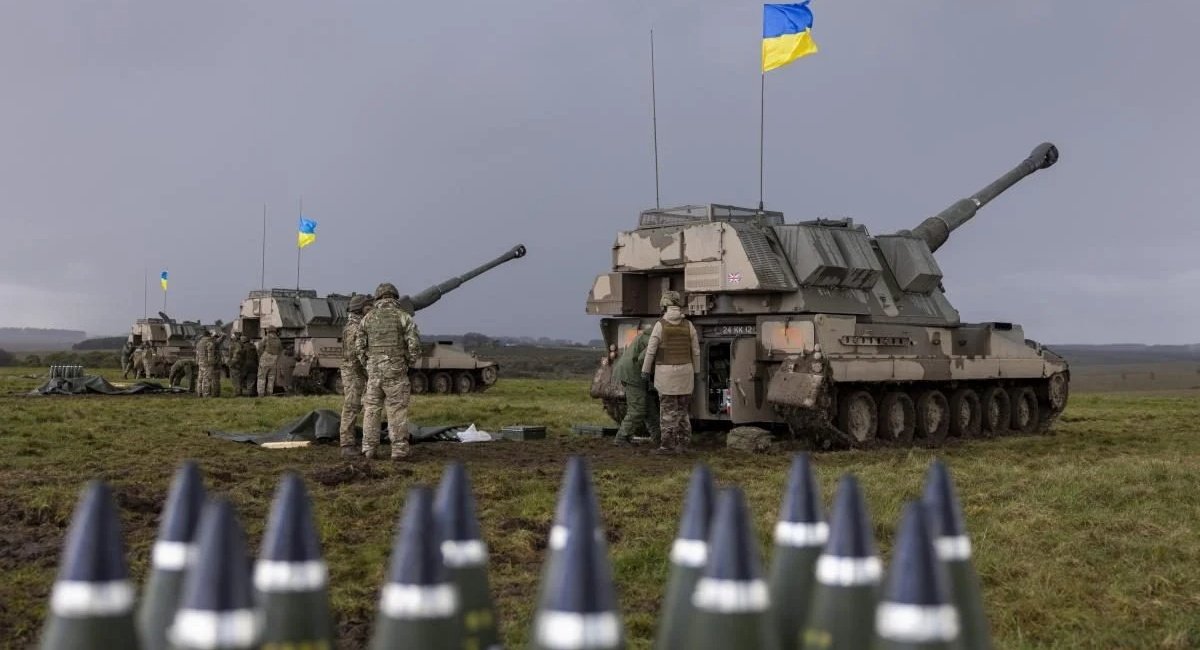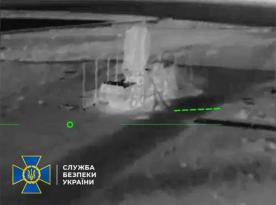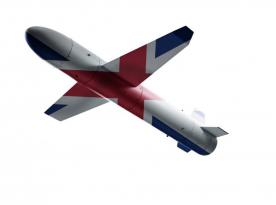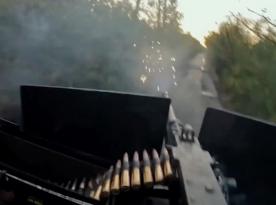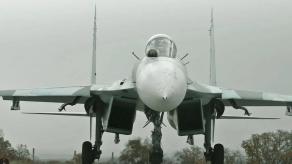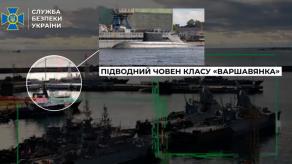Today, the situation on the battlefield in Ukraine is becoming increasingly acute. russians are not abandoning their plans and are storming Avdiivka. As a result, unfortunately, they have some success. At the same time, Ukraine is experiencing a severe shortage of ammunition, leading to the loss of positions gained with great blood.
The KSF notes that in a land warfare, russians advance very slowly using "meat assaults." Occupiers are advancing in the sectors of Bakhmut and Avdiivka. The main problems of the Armed Forces of Ukraine are " shell famine " in artillery as well as lack of control of the sky. As a result, invaders have been attacking positions of the Defense Forces of Ukraine with unrestricted use of guided bombs as well as unguided missiles.
Read more: The UK Defense Intelligence Analyzes russia's Losses in Battles Near Avdiivka
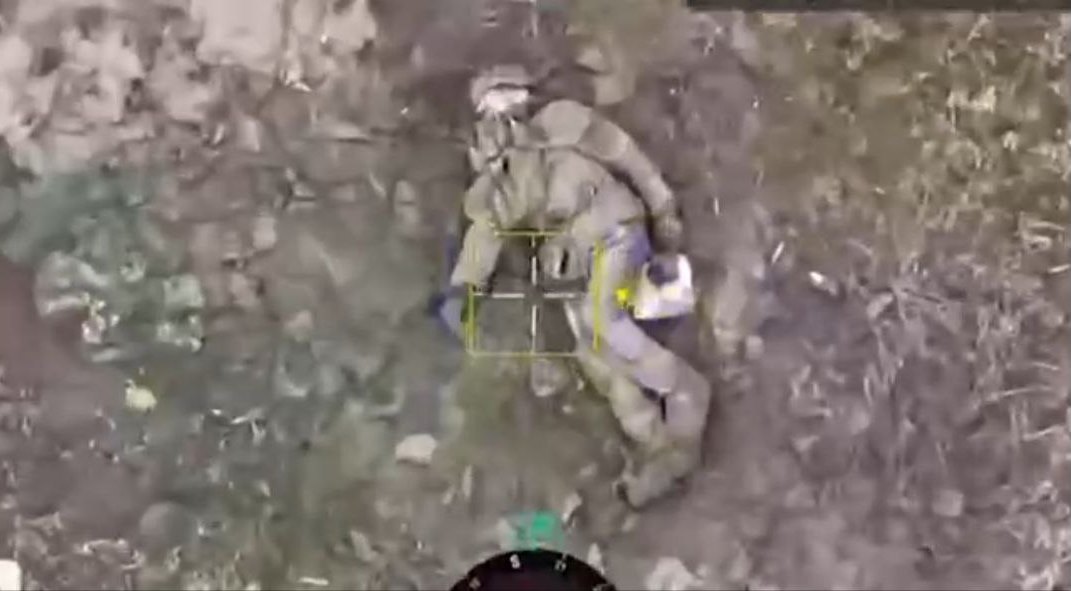
The situation northeast of Bakhmut is also threatening. There russians are trying to seize the commanding heights and reach the city of Chasiv Yar. Experts emphasize whether prepared defense lines in that area exist (Bohdanivka-Ivanivske line). In fact, the area is relatively sparsely populated, so the Armed Forces of Ukraine will not be able to use buildings for the defense.
In particular, the KSF experts note the difficult situation for Ukraine in Avdiivka, where the front line has sagged and is too narrow now. As a result, the tactical advantages of Ukrainian positions such as Avdiivka Coke and Chemical Plant as well as high-rise neighborhoods are fading. Due to the "meat waves" and superior artillery, russians were able to cut the roads between two fortifications of Ukrainian army, which complicates the maneuver.
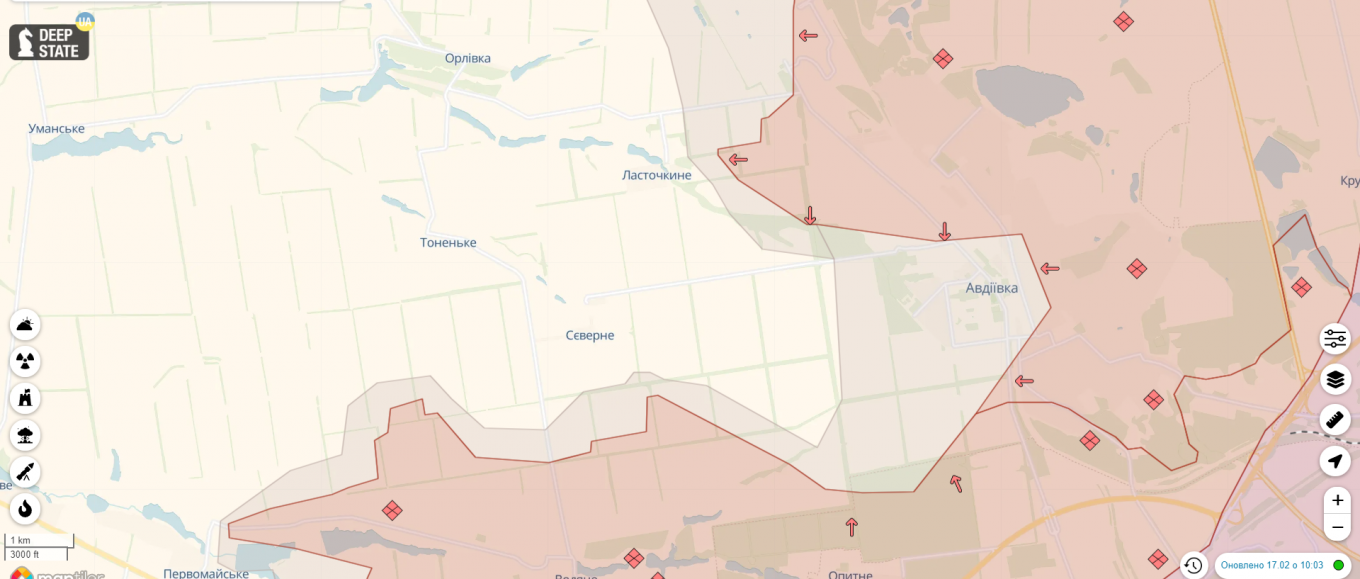
As of the time of this publication, according to the decision of the Ukrainian military command, Ukrainian troops have withdrawn from Avdiivka to previously prepared positions.
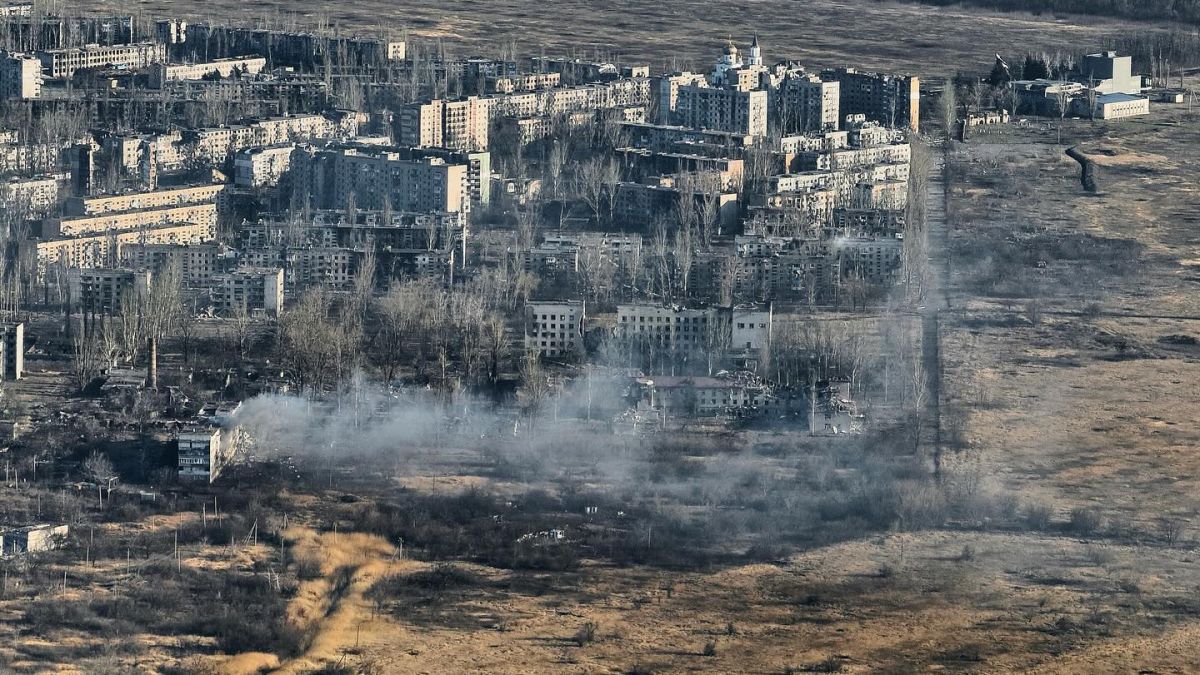
The KSF also notes that both sides are maximizing the use of tactical FPV drones. For the Defense Forces of Ukraine, FPV drones have actually replaced artillery and even mortars (in terms of shortage of ammunition).
russian FPVs strikes are also becoming more frequent. In addition, both sides are actively "hunting" for everything related to drones: operators, cars, antennas as well as their potential locations.
FPV tactics and technologies are quickly developing. Thus, experts point to the beginning of experimental use of drones with more powerful warheads as well as long-range drones with FPV cameras by the Armed Forces of Ukraine. Protection tools against small drones are being improved, but at a slower pace. Both sides are developing anti-drone jammers to confront FPVs and are even trying to shoot down drones with bird-hunting ammunition.
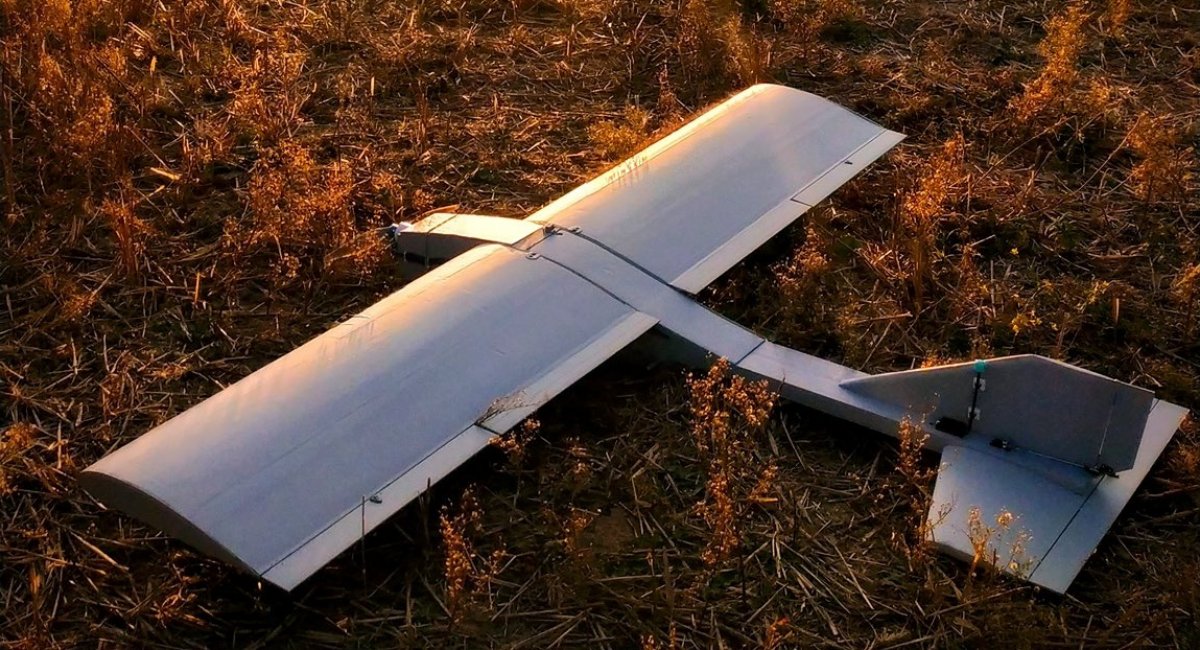
"In Ukraine, volunteers remain the driving force behind these innovations. Instead, the enemy is developing drone production through the industrial efforts of the state," the KSF reports. Hope for improvement appeared with President Zelenskyy's decisions to create the Unmanned Systems Forces as well as to appoint a special deputy Commander-in-Chief of the Armed Forces. It is worth noting that Colonel Vadym Sukharevsky is not a pilot, but he commanded the 59th Separate Motorized Infantry Brigade, that successfully used FPV drones.
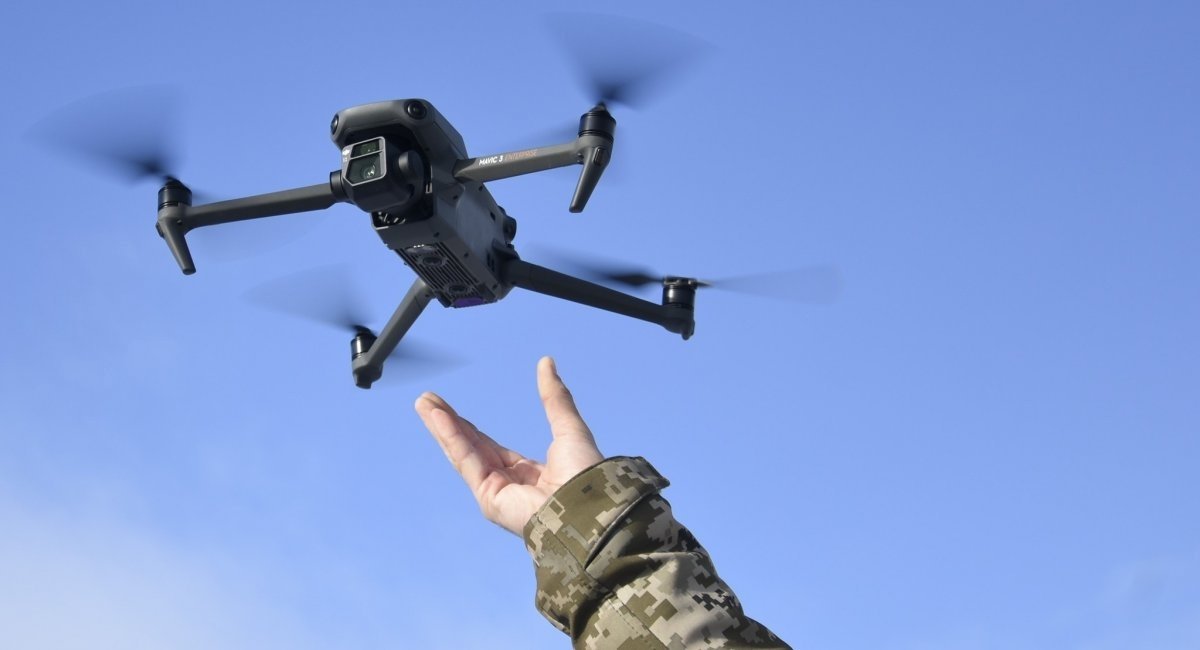
In addition, the KSF emphasizes that the Defense Forces of Ukraine do not need a separate bureaucratic vertical, but rather to "consolidate" drone operations in the overall system of recruitment, combat training, as well as support. Despite the rapid development of this weapon, the shortage of drone operators in Ukraine remains.
As for air warfare, russians maintain an advantage here. Attacks on civilian energy infrastructure continue, primarily in the Dnipropetrovsk Oblast. Due to the short distance from the front, russians successfully hit targets using Shahed kamikaze drones.
However, experts emphasize scaling of the network of mobile firing groups of the Defense Forces of Ukraine. Although this affordable form of air defense has fundamental technical limitations in the conditions of russia's improving drones and missiles.
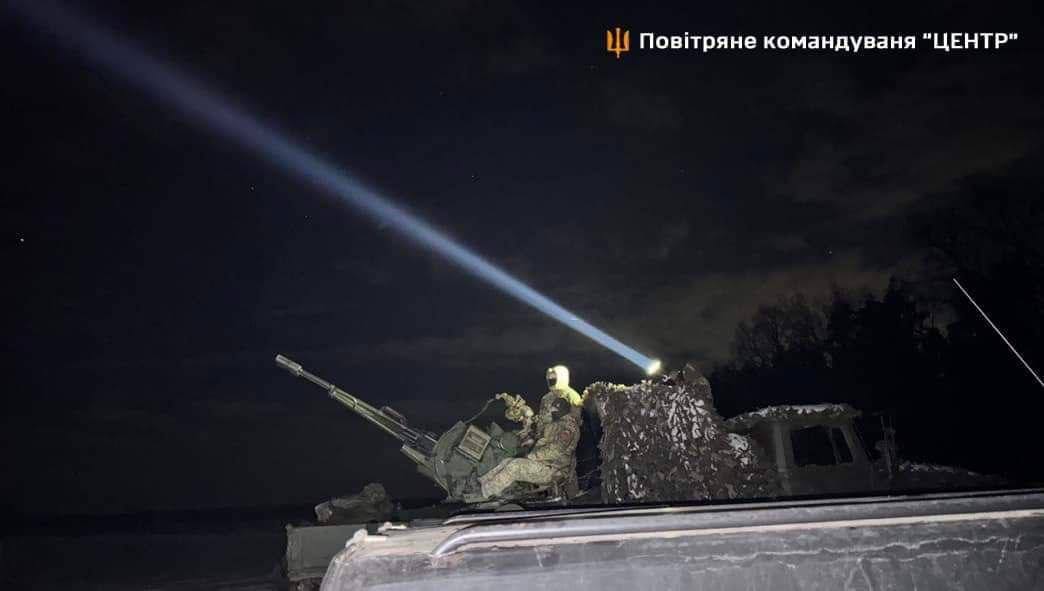
As for the assistance of Western partners, the experts of the Kyiv Security Forum also gave their assessment. Discussions about receiving Western fighters and helicopters were mentioned. In particular, the expediency of transferring twenty French Dassault Mirage 2000aircraft to Ukraine, which Paris has recognized excessive, was mentioned.
It is emphasized that it would be technically and politically appropriate to obtain Mirage 2000 aircraft. After all, France has already provided Ukraine with SCALP cruise missiles and promised AASM HAMMER bombs, a weapon that is standard for the Mirage 2000 aircraft.
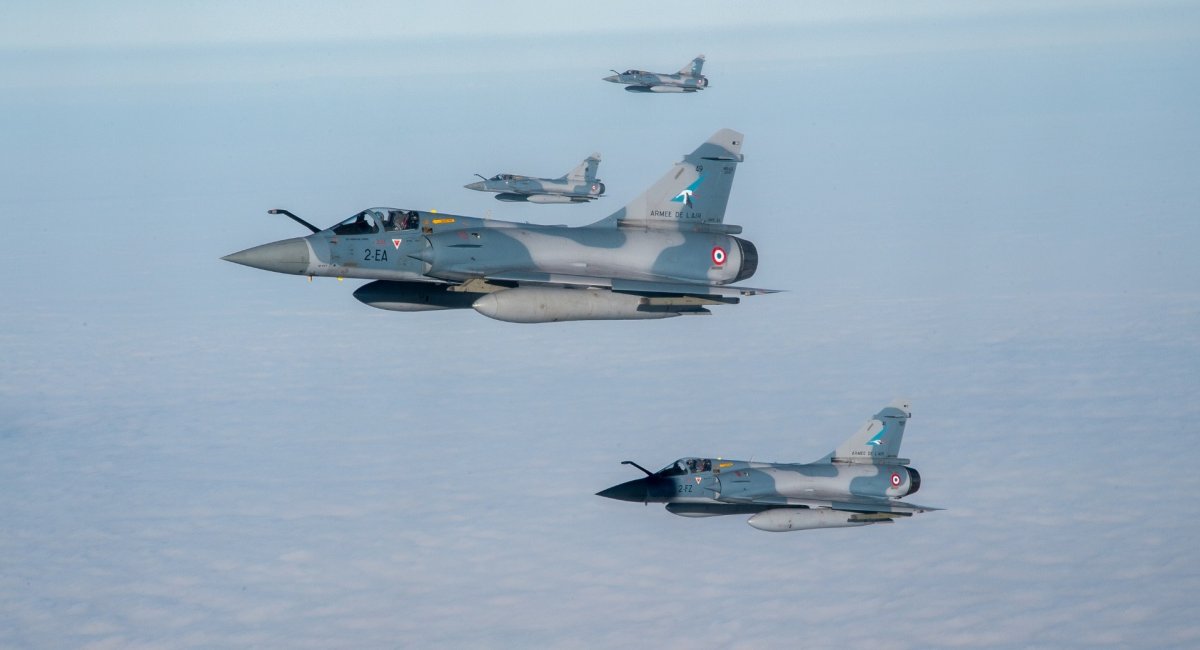
As a conclusion, the experts note that the shortage of surface-to-air missiles and other air defense equipment in the Armed Forces of Ukraine remains. So, the question of more active asymmetric actions on russia`s territory to limit attacks on Ukraine's energy system arises. Ukraine conducts successful air counterattacks deep into occupiers` rear, but their intensity is still insufficient. russian air defense is ineffective there, but Ukrainian long-range drones still have lack power of a warhead. According to the KSF, this should be compensated for by the massiveness and regularity of attacks.
Earlier Defense Express reported that KSRIFE experts had confirmed that russia used the Zircon missile to strike Ukraine.
Read more: russians Conduct Continuous Assaults and Use Phosphorus Bombs in Battle for Avdiivka




